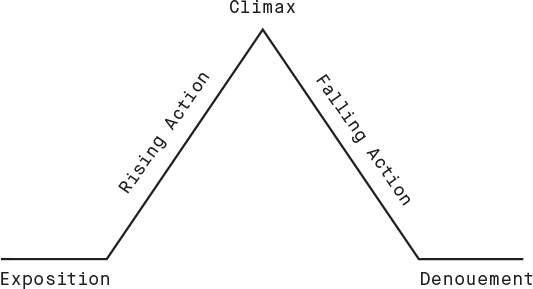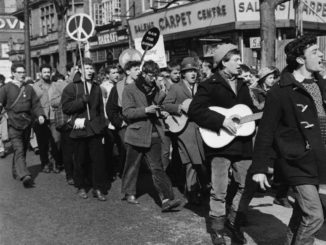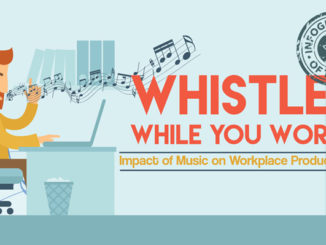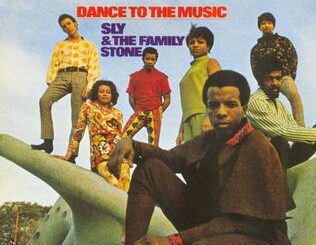
What is a climax in music? A climax is essentially the most intense and emotional part of a phrase. It is not necessarily the highest or the loudest tone, but it is the most emphatic one in the cycle of a performance phrase or a musical section. There is always a beginning, a climax and an end. The climax can occur at any point between the beginning and the end of the cycle, but usually occurs in the middle.
To really get a grasp of what a climax cycle is, let’s take some nonmusical examples. Let’s take laughter, for instance. While one is laughing, they hit a point where the laughter is most emphasized, usually followed by some sort of breathlessness (especially in the case of deep laughter) and winds down. The emphatic part is the climax. Another example would be drinking a glass of water. In the actual motion of the glass, which is changing from one point in space to another, when the bottom reaches the highest level of elevation, it technically marks the climax of that cycle. A third example would be, say, a party or an event of some sort. It may take months to plan but when the day comes and the ceremony happens, that is the climax of that cycle.
As a musician plays several phrases in any given piece of music, they hit several climaxes. This actually varies from performer to performer and is perhaps one of the most distinguishing factors in a musician. As music is not just some mechanical action and involves sense and feeling, including emotion, determining the climax and bringing it out is more of a human element than “just a mechanical” element. Therefore, it is an essential aspect for musical performances of any kind. Unfortunately, however, it is all too commonly neglected, which results in mostly mechanical “performances” which do not impart any meaning to the listener, thus actually violating the very principle of music!
How, then, can a musician remedy or improve this? There are two movements which one can do that will help you gain a sense about this. They are not just theoretical, but involve actual practical doing. Try it whether you are a musician or not. First, turn your hand so that the palm is facing up and make a fist. While listening to one performance phrase, gradually and slowly open your hand, extending it until you perceive the climax in that phrase, wherever you personally perceive the climax to be. Your hand should be entirely open and you should see your palm when the climax happens. Then gradually close your hand into a fist shape again while the cycle of that phrase ends after its climax. Repeat this action with that same phrase, over and over, until your movement is in sync with that climax cycle. Try this with other phrases as well until you feel you can do this easily.
The other movement is called “fountain like”. To do this movement, first stand up. Take one phrase and, while listening to it, gradually and slowly lift your arms above your head, much like a fountain. Your arms should be extended toward the ceiling when you perceive the climax. Then drop your arms loosely, thus concluding the embodiment of that cycle of the phrase. Again, repeat this action with that same phrase, over and over, until your movement is in sync with the climax of that piece. Try this with other phrases as well.
By doing these two movements (especially the “fountain like” one), you will actually reach a higher awareness of the climax, and, if you are a musician, this will make a marked improvement in your own ability to perform emotionally as well as technically, no matter what level you are. Please note, you will only fully comprehend this by actually DOING these movements, not just hearing about them. This is very crucial. For example, one can explain all they want what an apple tastes like to you, but if you have never actually eaten one, you will never truly understand the taste. Well, the same philosophy applies here. It is that important for one to actually DO this.
This is all part of a philosophy known as “movement education” or “body in performance”, developed by Dr. Alexandra Pierce, Professor Emeritus, University of Redlands, whom I studied under. Movement Education embodies the several aspects of music (such as phrasing) in a physical, kinetic form away from the instrument. The results are a much more meaningful performance, as music becomes much more sensational, using one’s entire existence and not just one sense, hearing.
Unless otherwise stated, PONIREVO and/or its licensors DO NOT own any intellectual property rights in the website and material on the website. Majority of the site’s content has been scraped and auto posted by a third party artificial intelligence program —– PONIREVO Creation Team.
Proudly WWW.PONIREVO.COM



